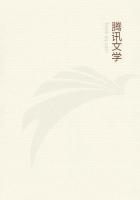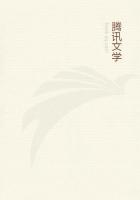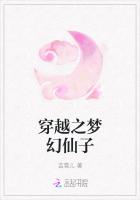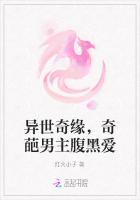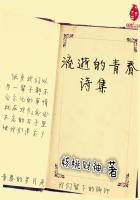Mr. King visited Adams, who was then living at Orange, N. J., and was told by him that Mr. Gordon had executed a will in 1868 which he (Adams) had drawn at Gordon's instance, and that he had retained a corrected draft from which the will itself had been copied. He also told King that the original will after its execution had been left with his father, and that it must be at his father's homestead near Rahway, where he would try to find it. A few days later he wrote to Black & King that the will had been found, and the next day went with the lawyers to Rahway and identified the package found by his brother Edward Adams, who occupied the Rahway farm, as that which contained the will. The package, unopened, was taken to a safe deposit company and the original draft was deposited with the secretary of state. The alleged will, which Chancellor McGill pronounced a forgery when finally opened in the preliminary probate proceedings, was found to be a very long and complicated document, written on blue paper in black ink. The draft, which was on white paper, was also written in the main in black ink, but a copious quantity of red ink had been used in interlineations. The significant paragraph of the new will was a direction to his heirs to purchase, if the testator had not succeeded in doing so before his death, the Henry Adams farm for $32,000. Minute directions were given to insure the purchase, but no lower price than $32,000was mentioned. Commenting upon this Chancellor McGill's remarks:
"It is also to be here noted that the Adams farm is now scarcely worth one-third the price for which it is directed to be purchased."Continuing the court says:
"The only living person who professes to have had knowledge of this disputed paper prior to November, 1890, is Henry C. Adams. He most clearly and positively testified that he drew the disputed paper at the instance of Mr. Gordon. He produced a draft from which he said it was copied. . . . I have already stated that Mr. Adams testified most positively when the draft of the disputed paper was offered in evidence that it was the identical document from which the will of 1868 had been copied, and it is to be remembered that the interlineations in that draft are almost all made with red ink, and that Mr. Adams testified that those interlineations existed when the will was copied from the draft. With a view to testing the truth of this testimony the contestants submitted the draft to scientific experts, who pronounced the red ink to be a product of eosine, a substance invented by a German chemist named Caro in the year 1874, and after that time imported to this country. At first it was sold for $125 a pound, and was so expensive it could not be used commercially in the manufacture of ink. Afterwards the price was so greatly reduced that it became generally used in ****** red ink. It is distinguished by a peculiar bronze cast that is readily detected.
It was recognized in the red ink interlineations in the draft of the disputed paper produced by Mr. Adams by a number of scientific gentlemen, among whom were some of the best known ink manufacturers in the country, and Mr. Carl Pickhardt, who first imported eosine. Upon further examination the witness, Adams, said he thought the draft produced to be the original until he saw the will on blue paper, and that then he was perplexed, but dismissed his doubt upon the suggestion of counsel, but afterward he thought upon the subject 'in the vigils of the night,' but by an unfortunate coincidence did not reach substantial doubt enough to correct his previous testimony until after the testimony concerning the character of the red ink he had used in interlining had been produced. . . .
It is impossible to study this remarkable case at this point without grave doubts as to the truthfulness of Mr. Adams, and indeed as to the frankness with which the case was produced in court in behalf of the proponents."As to Adams as a witness, the court finally says:
"And as I read the confused answers of Mr. Adams and note his apparent misapprehension of questions that would tend to involve him, and note the apparent failure of his theretofore wonderfully clear and exact memory of the most trivial and unimportant details, I am inclined to reject the whole story as a fabrication that has been punctured and fallen to pieces. . . . I find it to be impossible to rely upon the testimony of Henry C. Adams. Excluding it the will is not proved. . . .
"I will deny probate, revoking that which I have heretofore granted in common form."
* * * * * * *
In the attempt made to prove the alleged last will and testament of Stephen C. Dimon, deceased, chemistry was the all-determining factor in the most important branch of the case. The peculiar features of this remarkable and unique case are best described by presenting them with a brief history of the entire matter.
In 1884 Stephen C. Dimon of the city of New York made and executed a will, choosing as legatee and executrix a Mrs. Martha Keery. The will he intrusted to the custody of his counsel. It appeared. that some time during the following year his attorney transferred this will from its resting place in a desk drawer to a new safe and recalled having seen its envelope a year later, but said he never saw the will thereafter.

